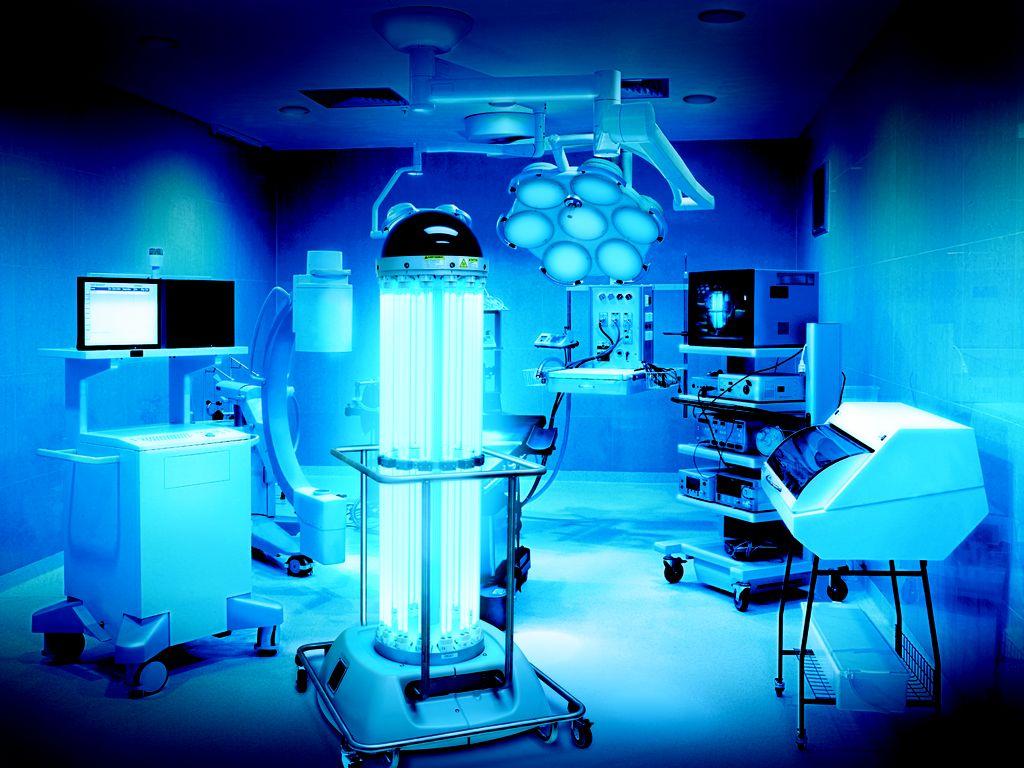The Rise of Disinfectant Robots
With the ongoing Covid-19 pandemic disrupting lives and businesses across the world, a new technology is emerging that promises to help curb the spread of viruses - disinfectant robots. These robots use ultraviolet light to sanitize surfaces and kill viruses and bacteria autonomously. Let's take a closer look at this innovative technology and how it is helping in the fight against pathogens.
The Need for Advanced Disinfection Solutions
The Covid-19 pandemic highlighted the importance of frequent and effective disinfection of public spaces like hospitals, airports, schools and offices to limit the spread of infections. However, manual disinfection through cleaning staff comes with several limitations. It is time-consuming, labor-intensive and leaves room for missed or improperly cleaned areas. This is where disinfectant robots can help address some of the key issues with traditional disinfection methods.
Robotic disinfection allows for a more reliable, consistent and scalable solution compared to human cleaners. The robots can sanitize entire facilities overnight without needing supervision. This ensures comprehensive coverage and deeper cleaning of hard to reach areas. The autonomous operation also eliminates chances of human error during the disinfection process. Most importantly, robots reduce the risk of exposure to pathogens for cleaning personnel.
How Disinfectant Robots Work
Most disinfectant robots use ultraviolet (UV) light to sanitize surfaces autonomously. UV light has been proven to deactivate viruses and eliminate bacteria by disrupting their DNA/RNA. The robots are equipped with UV-C lamps that emit short-wavelength ultraviolet light between 200-280 nm. This wavelength is highly effective at destroying microorganisms by altering their genetic material.
Disinfection Robot move methodically through a facility using sensors and SLAM (simultaneous localization and mapping) technology. Their path is pre-programmed to ensure coverage of the entire space. When the robot reaches a new area, it raises its arm-mounted UV-C lamp and begins sterilizing surfaces. The intensity and duration of UV exposure is calibrated based on the type of virus or bacteria being targeted. Once an area is disinfected, the robot moves to the next section repeating the process until the whole facility is sanitized.
Benefits of Robotic Disinfection
Some of the key benefits that disinfectant robots offer over manual cleaning methods include:
- 24/7 Operation: Robots can work around the clock without needing breaks. This allows facilities to be thoroughly sanitized even when unoccupied.
- Consistency: Robots ensure uniform UV dosage is applied to all exposed surfaces, eliminating variability in human techniques.
- Comprehensiveness: Autonomous robots check every nook and corner with precision using advanced navigation. Hard to reach places are not missed.
- Safety: Robotic disinfection protects cleaning staff from hazardous pathogens by automating high-risk tasks. It also eliminates human errors.
- Scalability: Large spaces like airports, convention centers etc. can be sanitized quicker using multiple robots working simultaneously.
- Tracking & Reporting: Most models generate logs and maps showing hygienic status of treated areas for auditing and future reference.
- Cost Savings: Robots provide a more efficient disinfection process in the long run versus recurring costs of hiring cleaners.
Get More Insights On This Topic: https://www.trendingwebwire.com/robotic-guardians-the-rise-of-disinfectant-robots-in-healthcare/
Explore More Article: https://captionssky.com/mineral-wool-a-new-rise-in-building-and-construction-industry/
